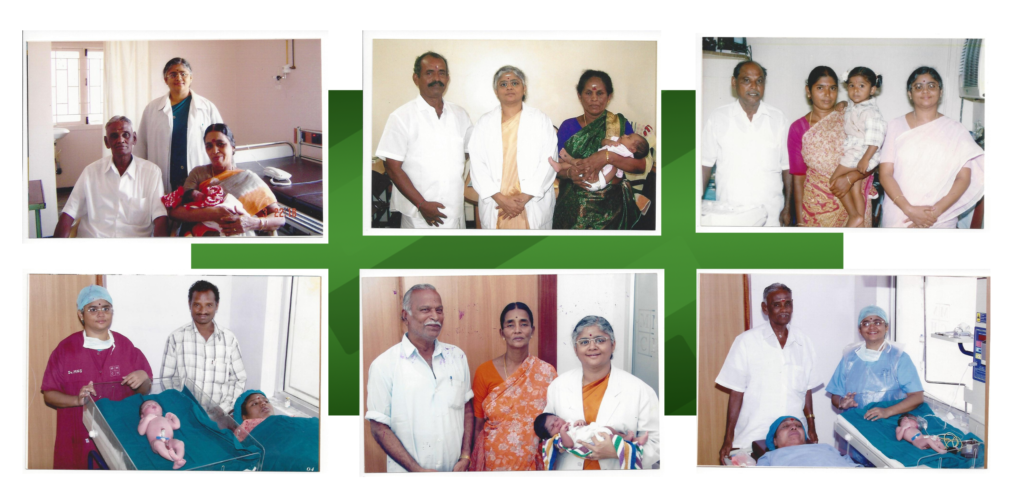Steps Of Capsule baby Treatments
Ovarian Stimulation:
The lady is endorsed ripeness medicines to invigorate her ovaries to deliver different eggs. Regular ultrasounds and blood tests screen follicle improvement, guaranteeing eggs are developing properly.
Egg Retrieval:
Once the eggs have developed, they are recovered through a minor surgical strategy called follicular aspiration. Using an ultrasound-guided needle, eggs are carefully collected from the ovaries beneath mellow sedation or anesthesia.
Sperm Collection :
A sperm test is collected from the male accomplice (or a donor). The sperm is prepared in the lab to select the most beneficial and most motile sperm for fertilization.
Fertilization and Capsule Preparation:
The collected eggs and prepared sperm are combined in a lab to permit fertilization. Fertilized eggs (presently called embryos) are set in a extraordinary Intravaginal Culture (IVC) capsule, a little gadget planned to permit supplements and oxygen to stream through, supporting fetus development.
Capsule Situation (IVC Gadget Insertion):
The IVC capsule containing the embryos is put interior the woman’s back fornix (a space in the upper portion of the vagina) in a strategy comparable to a pap smear. The capsule remains in put for a few days, where it is uncovered to the woman’s common real liquids, which mirror the environment of the uterus. This approach permits the developing life to create in a more common setting, upgrading development and quality.
Developing life Culture (In Vivo Development) :
Over the following few days (more often than not almost 3 to 5 days), the developing life proceeds to create interior the capsule, profiting from the common conditions inside the body. The lady is prompted to dodge strenuous exercises amid this period but can by and large proceed her typical routine.
Capsule Retrieval :
After the culture period, the IVC capsule is carefully evacuated from the vagina. The embryos are assessed in the lab to decide their quality and preparation for implantation.
Fetus Transfer:
The most advantageous and best-quality embryo(s) are chosen for exchange to the woman’s uterus. The developing life is exchanged utilizing a lean catheter, a basic and easy method that doesn’t require anesthesia. Any extra high-quality embryos may be cryopreserved (solidified) for future use.
Pregnancy Testing:
About 10 to 14 days after the developing life exchange, a blood test is conducted to degree hCG (human chorionic gonadotropin) levels, a hormone that demonstrates pregnancy. If the test is positive, the pregnancy is checked with ultrasounds and blood tests to guarantee its progression.
Our Successful Clients

